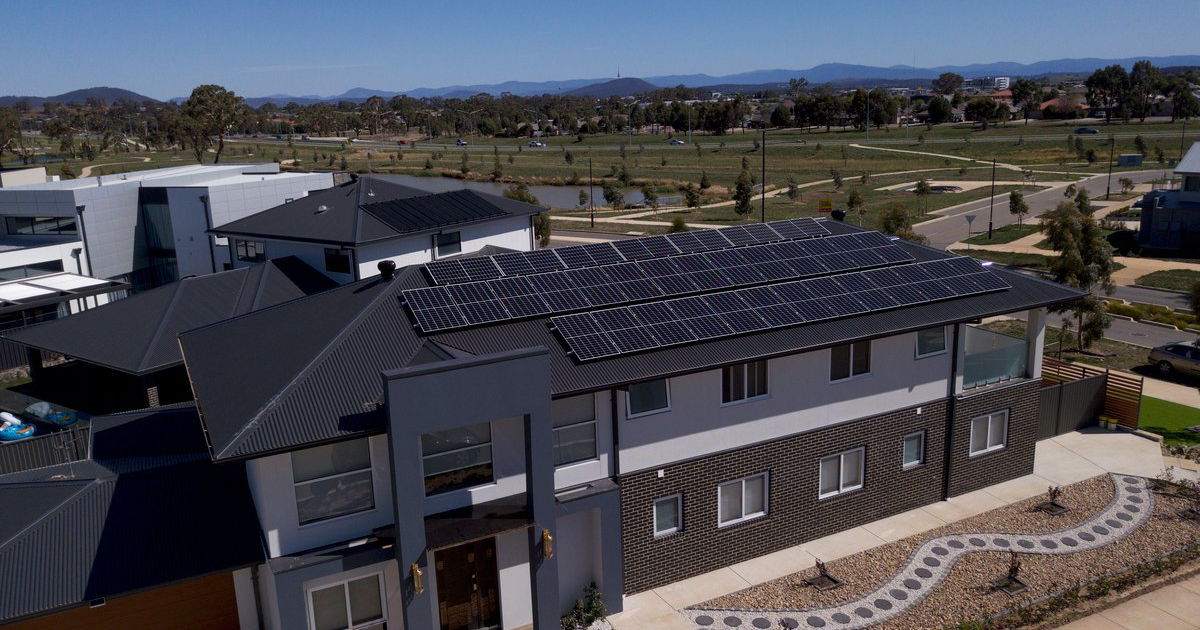In recent years, Australia has witnessed a significant shift towards solar energy, primarily driven by its affordability and environmental benefits. With electricity costs soaring, households and businesses across the nation are increasingly adopting solar power, not just as an eco-friendly alternative but as a financially prudent decision.
The first quarter of 2023 saw a remarkable increase in solar energy adoption, with 681 MW of rooftop solar photovoltaics (PV) installed, continuing the strong trend from the previous year. This surge is expected to bring the total solar capacity to around 3 GW by the end of 2023. Additionally, the demand for Australian Carbon Credit Units (ACCUs) has stabilised at around $38, reflecting the market's response to the Safeguard reforms, which aim to reduce emissions by over 200 million tonnes by 2030. These developments, along with a 40% growth in air source heat pump installations, indicate a proactive stance by consumers in controlling their energy expenses and contributing to a sustainable future. Quarterly Carbon Market Report March Quarter 2023
The Economic Equation: Cost vs. Savings
A key driver of solar adoption is the potential for substantial savings on electricity bills. Solar panels generate electricity, reducing reliance on the grid and insulating consumers from fluctuating energy costs. For example, a standard 10kW solar system in New South Wales can save up to $3,400 annually on energy bills. This trend is further bolstered by the declining cost of solar panels, making them more accessible than ever. In fact, the levelized cost of electricity (LCOE) for residential rooftop PV systems in Australia plummeted to USD 0.069 per kWh in 2020, indicating a drop of 58% since 2010.
How Much Do Solar Panels Cost?
Incentives Fueling the Solar Surge
The Australian government's commitment to promoting solar power is evident through various incentives and subsidies. The Small-scale Renewable Energy Scheme (SRES) is a notable initiative offering financial incentives for residential solar installations. This scheme works by issuing small-scale technology certificates (STCs) for systems' expected power generation until the SRES expires in 2030. The price of STCs varies based on market conditions, location, and size of the solar system. Furthermore, state-level rebates enhance affordability, with significant subsidies available in regions like the ACT, South Australia, and Victoria. In the ACT, for instance, subsidies are provided for up to 5000 battery storage systems. At the same time, South Australia offers a subsidy for battery storage costs and low-interest finance. Victoria also provides substantial subsidies for installing solar and battery storage systems.
In addition to these rebates, feed-in tariffs further incentivise households by compensating them for surplus energy fed back into the grid. These tariffs are usually 'net' tariffs, meaning that solar-generated electricity is used in the home first, with only excess electricity exported to the grid being paid for. Feed-in tariffs vary across states and retailers. In some states, a minimum rate is regulated by the government, while in others, rates are negotiated with electricity retailers. For solar customers, especially in areas without government-regulated minimum retailer payments like New South Wales or southeast Queensland, it's beneficial to compare different retailers' rates to maximise returns from their solar installations. CEC Government Programs
Solar Energy: Beyond Cost Savings
The benefits of a solar power system can extend beyond financial savings. Homes with solar panel systems have been shown to fetch up to 4.1% more in the property market than those without, enhancing their investment appeal. Furthermore, the solar industry's expansion is a boon for job creation, stimulating local economies and contributing to national economic growth.
The Green Advantage: Environmental and Social Impacts
Environmentally, solar power is a game-changer. It plays a pivotal role in reducing greenhouse gas emissions, contributing to Australia's renewable energy targets and environmental stewardship. Additionally, community solar projects promote sustainable energy practices and social equity by providing clean energy access to all, including low-income households.
The Future of Solar Power: Technological Innovations and Prospects
Looking ahead, continuous advancements in solar panel technology and declining costs are set to make solar power more accessible and cost-effective. Integration with smart grid technologies and battery storage solutions will optimise solar power utilisation, allowing households to maximise their energy independence and savings.
Conclusion: A Bright Horizon
In summary, solar power presents significant economic and environmental benefits for Australian households. Through cost savings, government incentives, increased property value, and reduced carbon footprint, solar energy emerges as an increasingly affordable and sustainable choice. As the nation embraces this clean energy source, it paves the way towards a greener and more resilient future.



